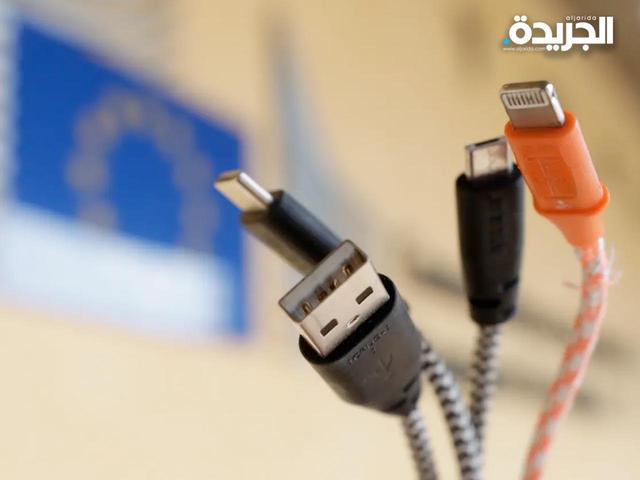The European Union plans to force device manufacturers to use a common charger and sell phones without a charger in the box.
The European Commission is set to propose legislation for all phones, tablets and headphones sold in the EU to have a common charging port.
This follows the European Parliament's vote in favor of Right to Repair, an initiative that would benefit consumers as well as the union's plan to force device manufacturers to allow users to uninstall pre-installed apps from their devices.
European Union lawmakers have been trying to popularize the charger used to charge consumer electronics for more than a decade now.
As reported by Reuters, the European Union supports a single charger for all common devices in order to reduce environmental impact as well as to make it easier for consumers to carry just one charger for all their devices rather than using different connectors.
Although there is no explicit reference to the proposed shared port. But it's probably the USB-C port, since it's the most used charging port across devices, especially on the Android side.
The proposal also suggests not adding a charger in the box, a move some brands have made citing benefits to the environment (while also serving their economic interests).

Most Android devices use USB-C for charging, and accessory manufacturers have also switched to USB-C for headphones, battery packs, and so on.
Many newer laptops also charge via USB-C. Since most Android devices use a common port, this suggestion affects one brand the most - Apple.
Also read: Amazon faces a European fine of $888 million
iPhones, iPads, and AirPods use Apple's proprietary Lightning port for charging. While the company's most premium devices, such as the iPad Pro and MacBook, use the USB-C port. So there is no logical reason why the iPhone would still use the Lightning port.
Since Lightning is an Apple proprietary port, it generates a good amount of revenue for the company through the MFI accessory certification program.
Apple said rules requiring connectors to conform to a single type could deter innovation, create a mountain of e-waste and annoy consumers.
According to a study in 2019, nearly 50 percent of phones sold in 2018 included a micro-USB port. With 29 percent of devices using USB-C and 21 percent using Lightning.
However, over the past two years, micro-USB has been phased out from most devices except for a few low-level devices. Therefore, the percentage of phones with a USB-C port has increased.
Also read: Europe warns Apple against using privacy to limit competition